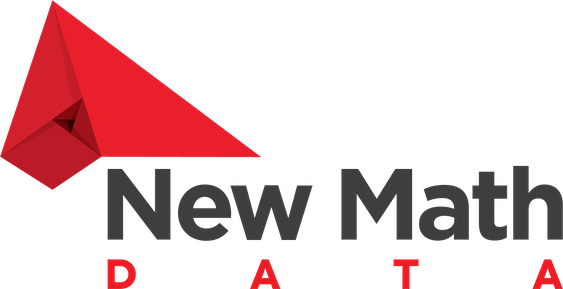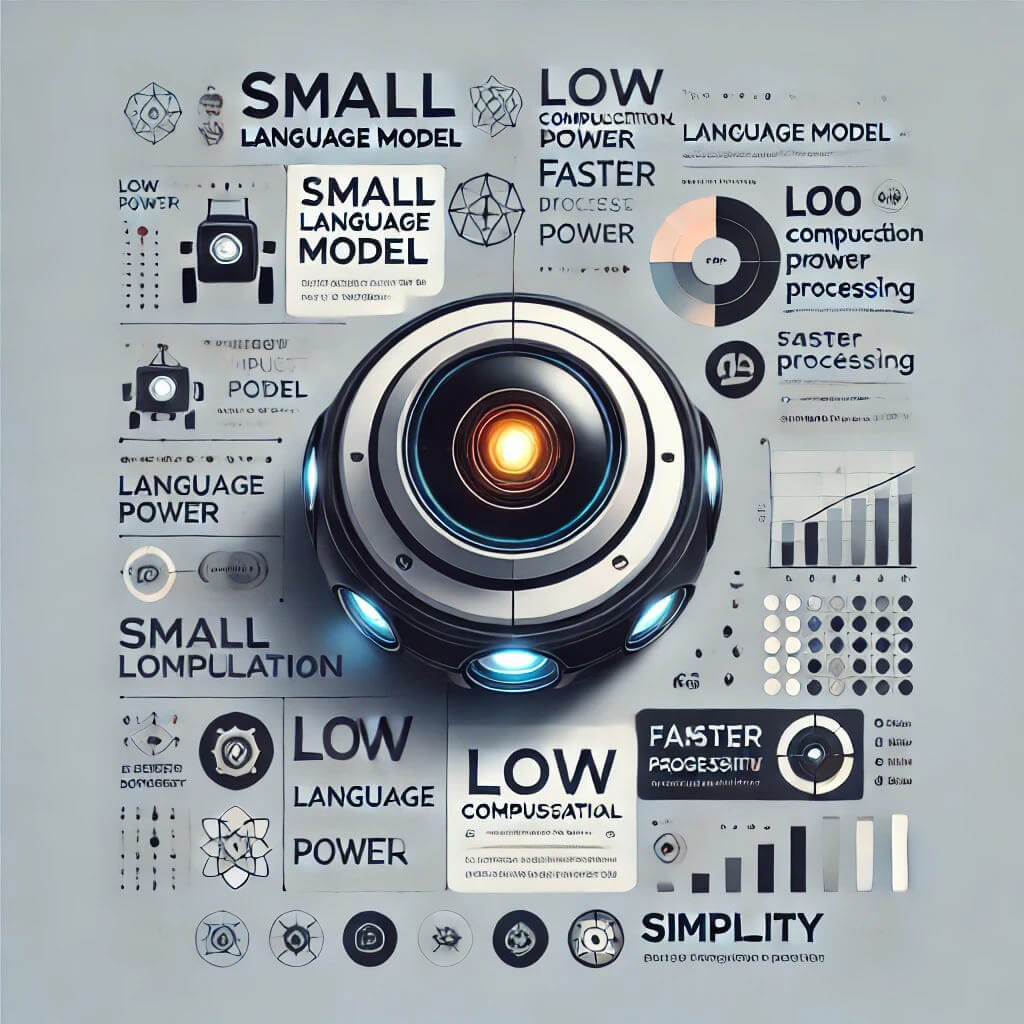Blogs
Foundational Computational Linguistics Concepts and how they relate to Language Models LLMs are all the rage, and to use them effectively as …
From Ancient Wisdom to Thriving in Modern Times Introduction In a world where ownership and control often dominate our thoughts and actions, …
Exploring the Intersection of Information Theory and Natural Sound Introduction In our increasingly digital world, the way we store and transmit information …
Introduction After exploring how vector databases work and trying the AWS OpenSearch vector database in this blog post, the goal of this …
Practical Techniques for a Balanced and Productive Workflow Introduction Productivity and efficiency are critical components of professional success. A structured and disciplined …
Simulating Early Molecular Processes for Educational Insights Introduction What if you could simulate the very origins of life on Earth? While we …






